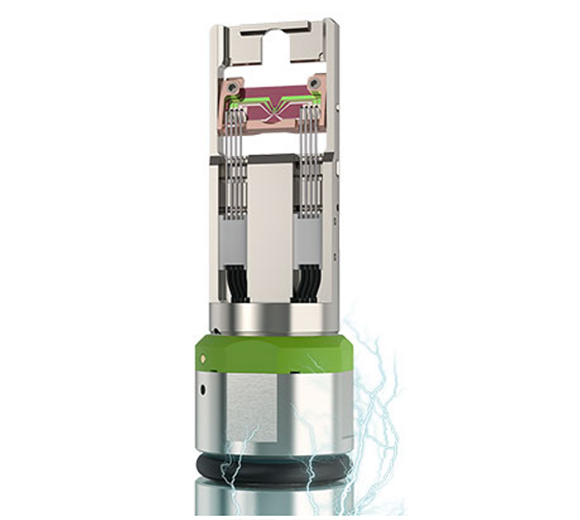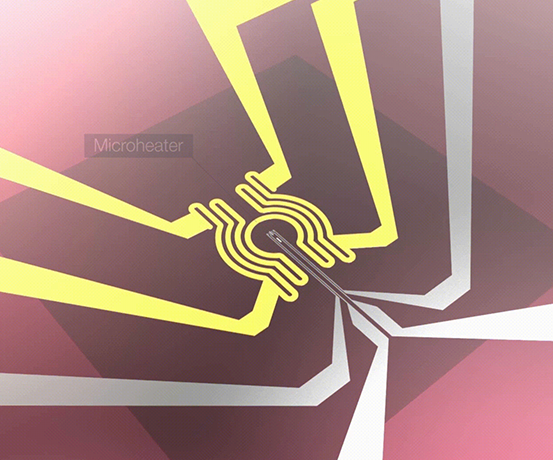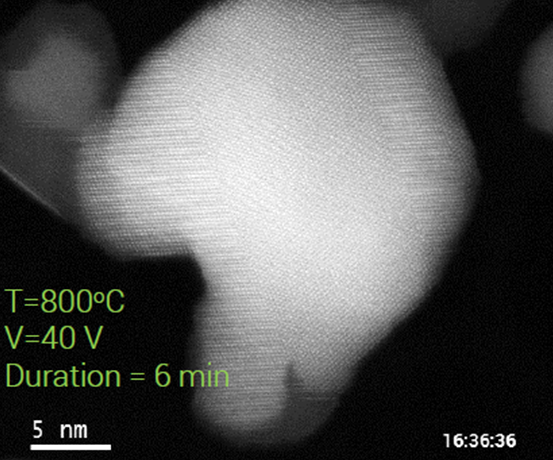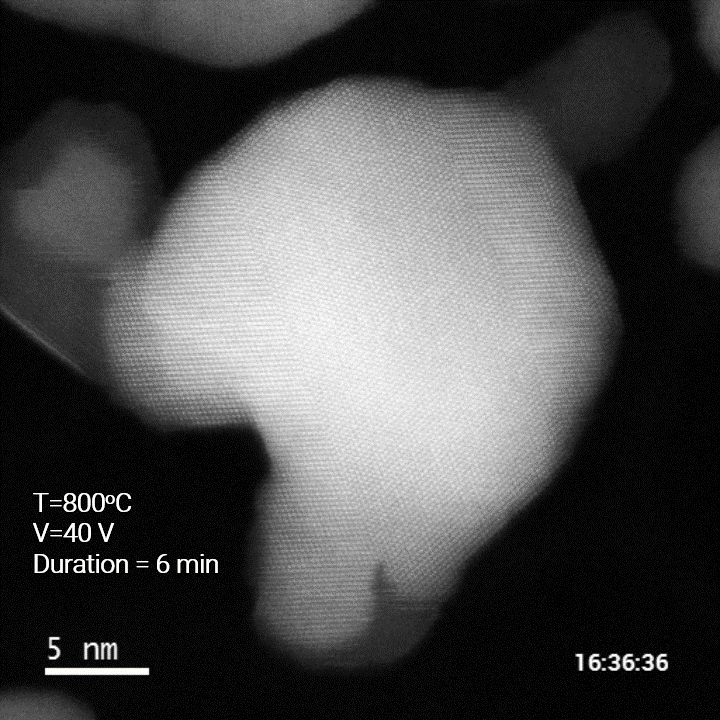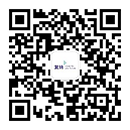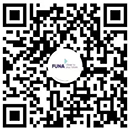The TEM in-situ thermoelectric system, Lightning, helps researchers observe the real-time dynamics of sample changes while precisely controlling the charging and heating environment.
The Nano-Chip in Lightning's sample bars utilizes a 4-point-probe method to accurately control voltage and temperature while acquiring meaningful data.
The unique design of the Nano-Chip allows the environmental conditions to be controlled individually or simultaneously to maximize voltage and temperature.
Modular design for stability and reliability

 Double tilt
|
 Compatible with mini-pole gap
|
 Mechanical Stability
|
The Sample Holder is the critical element connecting the Nano-Chip with the microscope and provides researchers with the ability to measure pico amps and apply high voltages up to 150 volts, all within a heated environment. Made from titanium for its optimal mechanical stability, the double tilt Sample Holders provide in situ researchers with the widest application space.
| JEOL | Thermo Fisher Scientific | |
| Heating & biasing control | Closed 4-point probe feedback loop | Closed 4-point probe feedback loop |
| Number of contacts | 8 | 6 |
| Temperature range | RT - 1,300 °C | RT - 1,300 °C |
| Membrane breakdown voltage | ≥ 150 V at RT/900 °C | ≥ 150 V at RT/900 °C |
| Attainable E-ffelds | ≥ 300 kV/cm at RT/900 °C | ≥ 300 kV/cm at RT/900 °C |
| Detectable current range | 1 pA to 100 mA | 1 pA to 100 mA |
| AC measurement | Up to 100 Hz | Up to 100 Hz |
| Polepiece compatibility | All |
Bio-TWIN, C-TWIN, TWIN X-TWIN, S-TWIN |
| Alpha tilt range |
URP, FHP ≥ ± 8 deg HRP, WGP ≥ ± 20 deg |
≥ ± 22 deg |
| Beta tilt range |
URP, FHP ≥ ± 15 deg HRP, WGP ≥ ± 25 deg |
≥ ± 25 deg |
| Attainable resolution* | ≤ 60 pm | ≤ 60 pm |
| Drift rate* | ≤ 0.5 nm/min | ≤ 0.5 nm/min |
| Temperature accuracy | ≥ 95 % | ≥ 95 % |
| Temperature homogeneity | ≥ 99.5 % | ≥ 99.5 % |
-
 ReRam &functional oxides
ReRam &functional oxides -
 Phase transformations
Phase transformations -
 Semiconductor nanodevices
Semiconductor nanodevices -
 Solid state batteries
Solid state batteries
-

“In operando TEM observations provide a unique opportunity to visualise the correlations between the electrical properties and the structural changes. The exceptional stability of the DENSsolutions holder allows the in operando TEM experiments to be performed with atomic resolution. Recently, we successfully observed structural changes of resistive switching and organic-inorganic metal-halide perovskite solar cells devices while under electrical stimulus inside a TEM”
Dr. Martial Duchamp Nanyang Technological University -

The ability to apply high electric-fields and to simultaneously perform high-resolution experiments at elevated temperatures is frankly impressive! The new and exciting possibilities that the DENSsolutions Lighting series offers trailblazing new directions at the forefront of materials research.”
Dr. Leopoldo Molina-Luna Technical University of Darmstadt -

“Continual advancements of in situ TEM by DENSsolutions provides an exciting and ever-improving level of detail into a range of nano-scale dynamic processes. In particular, the Lightning system allows us to simultaneously heat a FeRh system through magnetic transitions with extreme stability, whilst also applying electrical pulses so that we can drive and visualise magnetic domain wall motion with unparalleled control.”
Dr. Trevor Almeida University of Glasgow
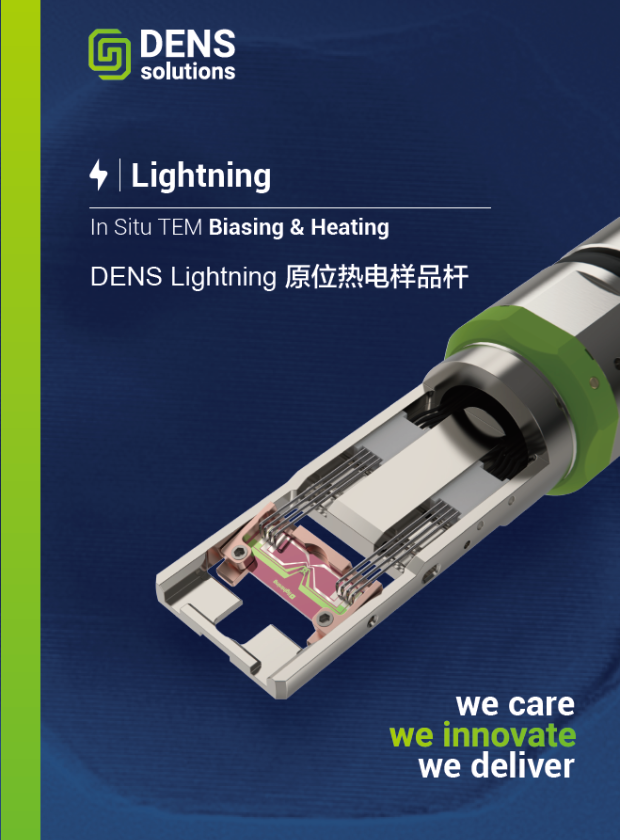
If you want to know more about our products, please contact us.



